What the Pros Know About Cookie-Baking
You don’t have to go to culinary school to know what the pros know. Here, for your baking delight, are some of their well-kept cookie-baking secrets, revealed. (Thank you, Internet!)
EGGS: As with all food, the fresher, the better. So before buying, check the "Use-By," “Best-By,” or “Sell-By” date on the carton. Once refrigerated, eggs are good for up to five weeks. But still, it makes sense to bring home the freshest eggs possible. And when baking, eggs should be at room temperature. So, plan ahead and remove them from the fridge a couple hours prior to use.
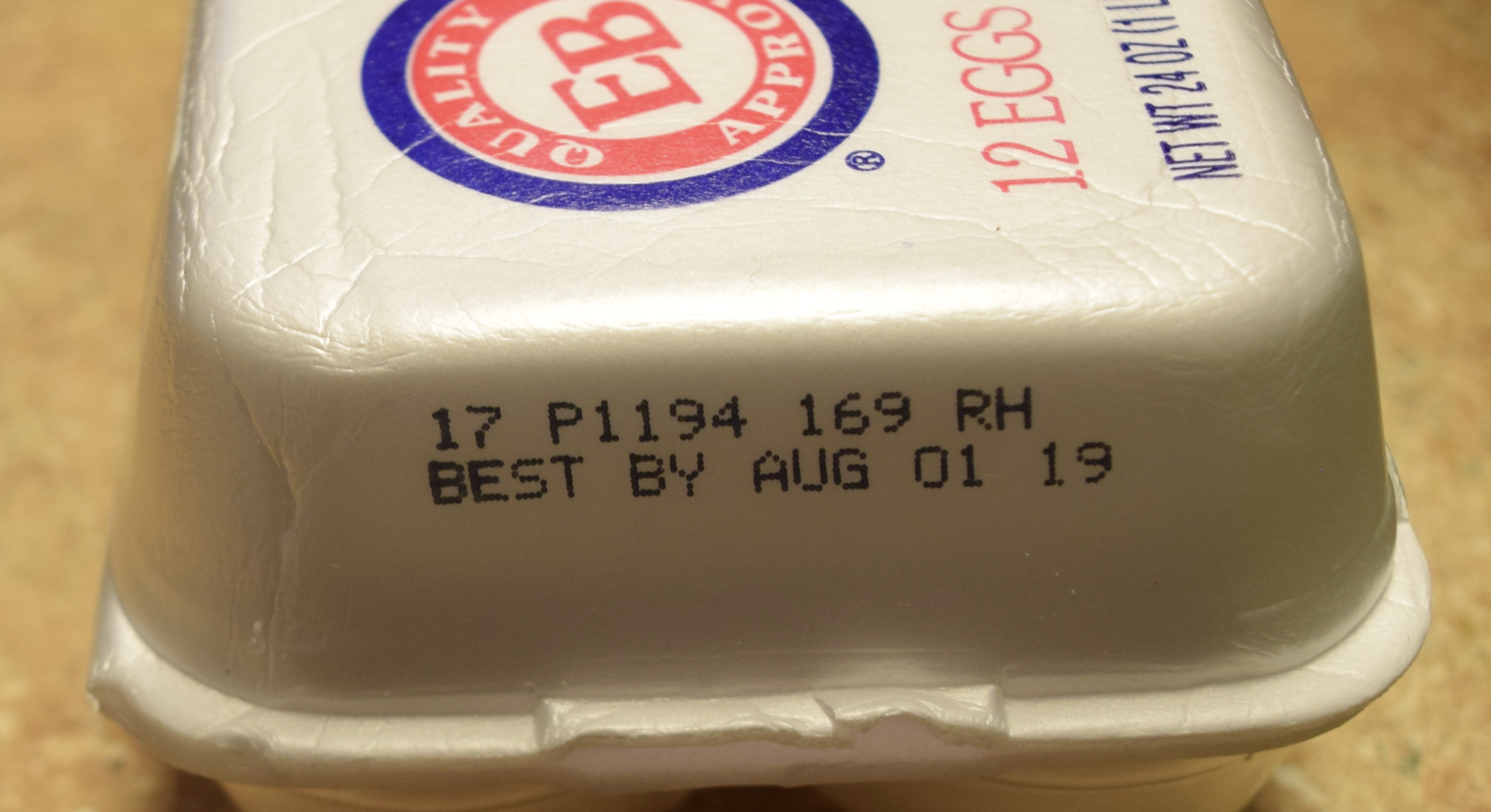
FLOUR: Don't substitute flour types. If your recipe calls for all-purpose flour, that's what you need to use. Cake flour and bread flour will not behave the same.
MEASURING FLOUR: Too much flour can make some cookies rock-hard, and all cookies flavorless. When in doubt, err on the side of less flour. Even better, use a scale if the recipe offers a weight equivalent. Spoon the flour into your measuring cup and sweep a spatula across the top to level it off. Don't use the measuring cup as a scoop or it'll pack the flour and you'll end up with more flour in the cup than you want.
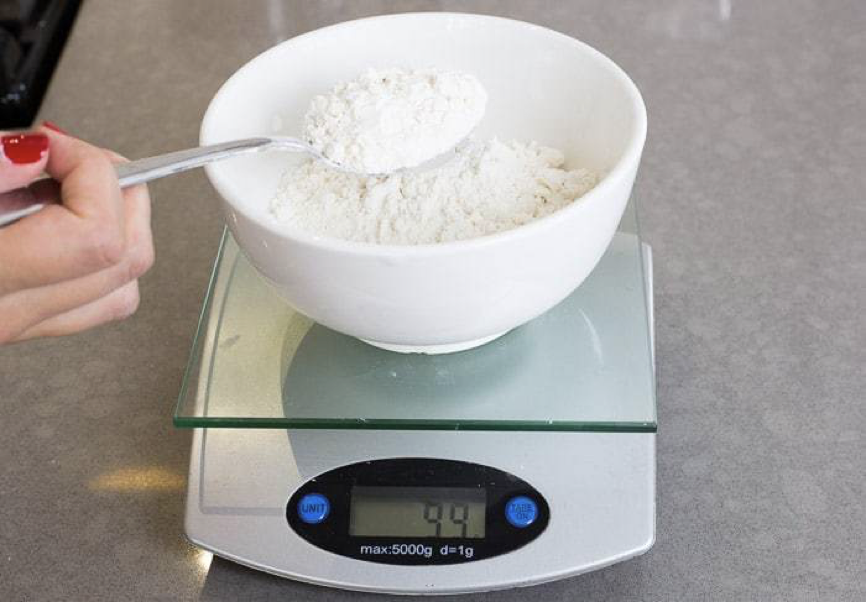
NUTS: Smell and taste them before using. Oils in nuts can turn rancid quickly. And note: It’s very typical that when nuts are on sale, it’s because they’re close to, or are past their “sell by” date (meaning they’re close to rancidity). So, check your package date. And to prolong their flavor, be sure to store all nuts in the freezer.
BUTTER: Make sure your butter is at room temperature, otherwise it won't cream properly with the sugar. The temperature of the butter can make a difference in the recipe. Most cookie dough recipes depend on the emulsion that occurs when you cream butter and sugar together. This emulsion will not happen if the butter is too hot or too cold. And know your terms; "room temperature," "softened" and "soft" mean different things:
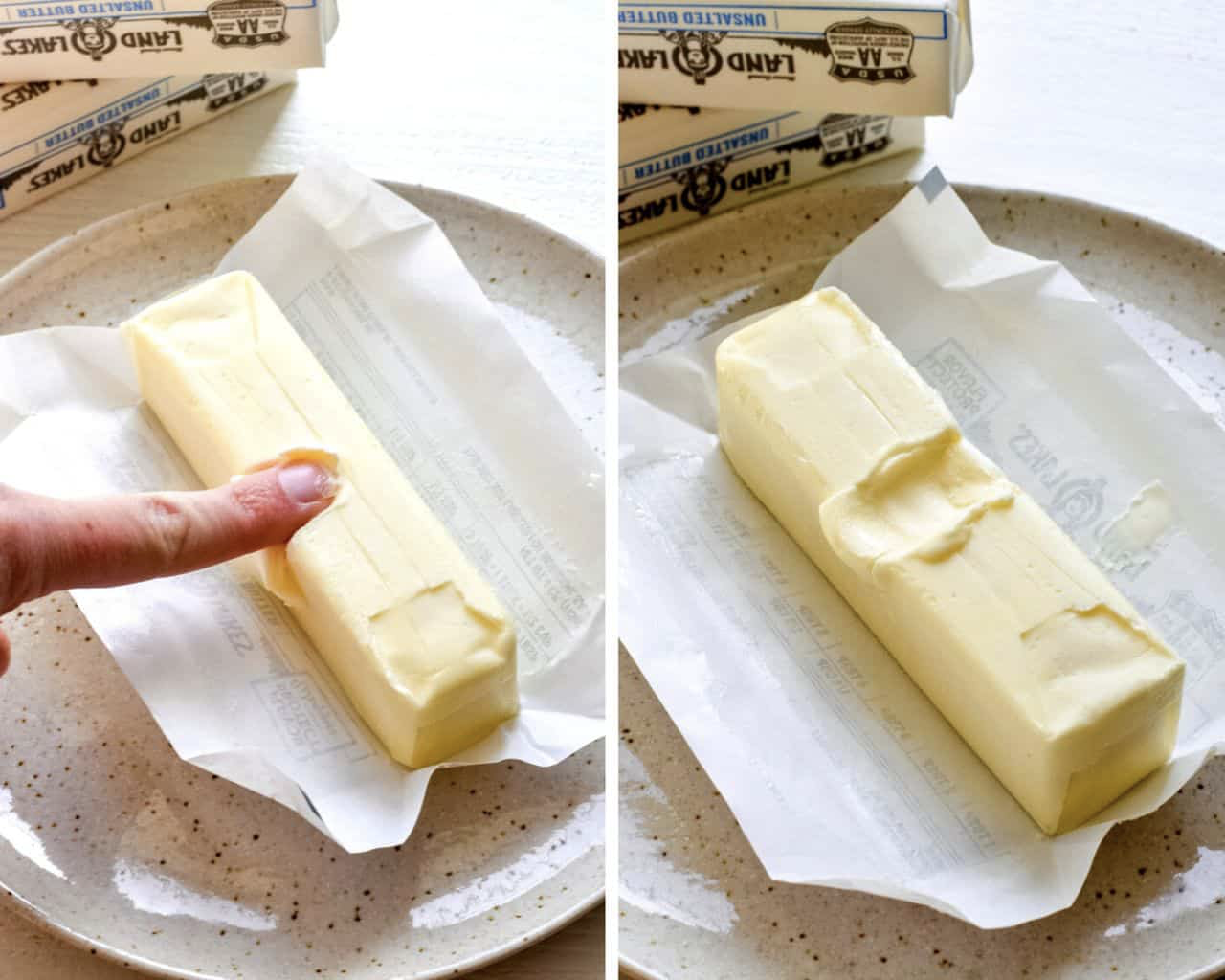
MICROWAVING BUTTER: Do not try to microwave your butter as it will just end up too soft. TIP: If you don't have 2 hour's lead time, increase the surface area by cutting the butter into small pieces or shredding it on the large holes of a grater. It will then come up to temperature in approximately 10 minutes.
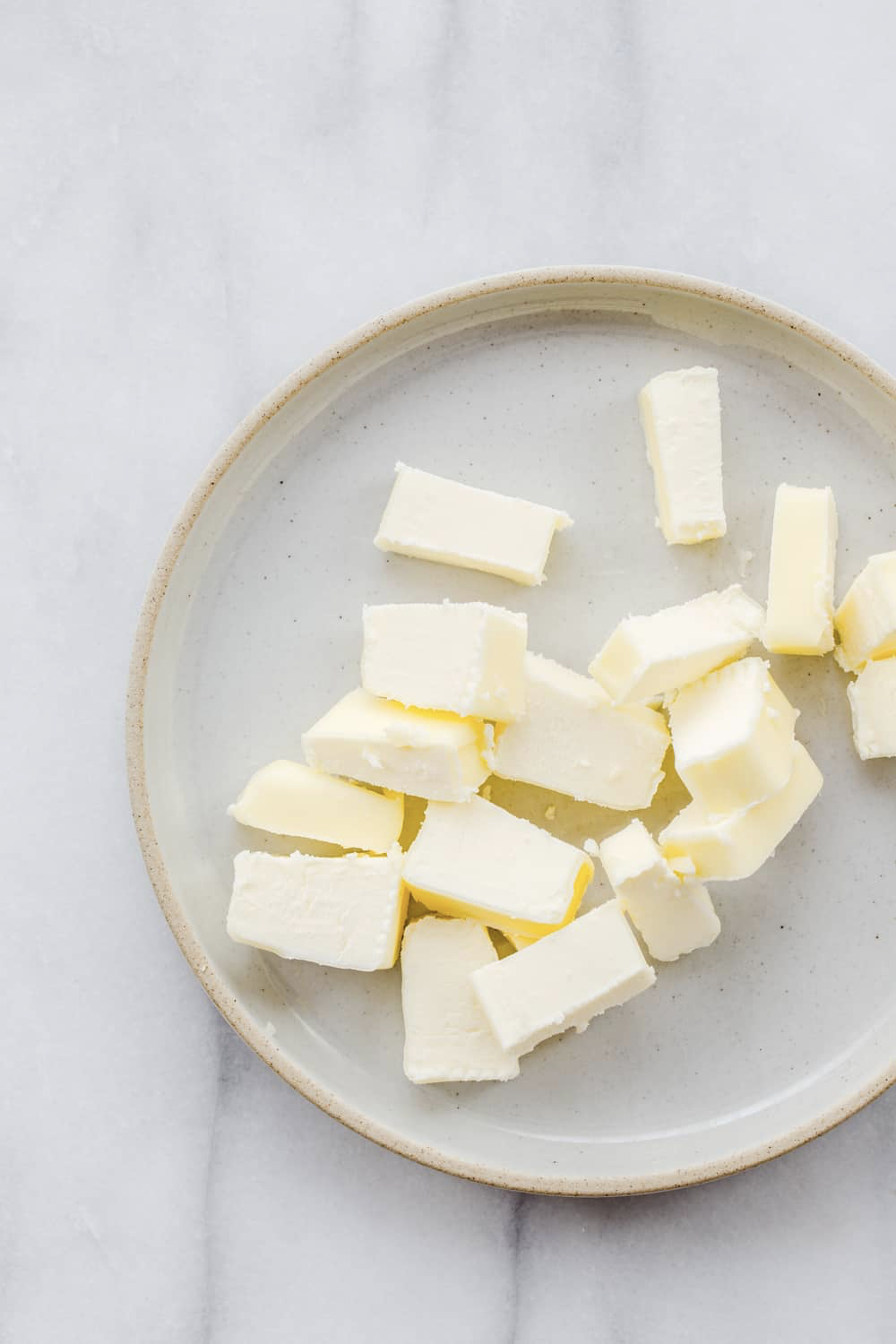
UNSALTED BUTTER: Unsalted butter is generally recommended because some salted butters have more sodium than others. TIP: If you use salted butter, only use 1/2 the amount of salt called for in the recipe. Don't skip the salt, as salt brings out flavors and balances the sweetness in a recipe.
SALT: Use the full amount of salt called for in a recipe, especially is using unsalted butter. But to repeat: If you use salted butter, only use 1/2 the amount called for in the recipe…never skip the salt, as salt brings out flavors and balances the sweetness in a recipe (forgive the redundancy, but this is a crucial point).
SUGAR: The type of sugar used in your cookies is directly related to its spread when baking. Sugar doesn’t just contribute sweetness. It’s a tenderizer which affects formation structure. Sugars with a finger granulation promote more spread (because they dissolve sooner and only dissolved sugars will tenderize). Powdered sugar (confectioner's sugar), when it contains cornstarch, prevents spread in cookies despite its finer grind.
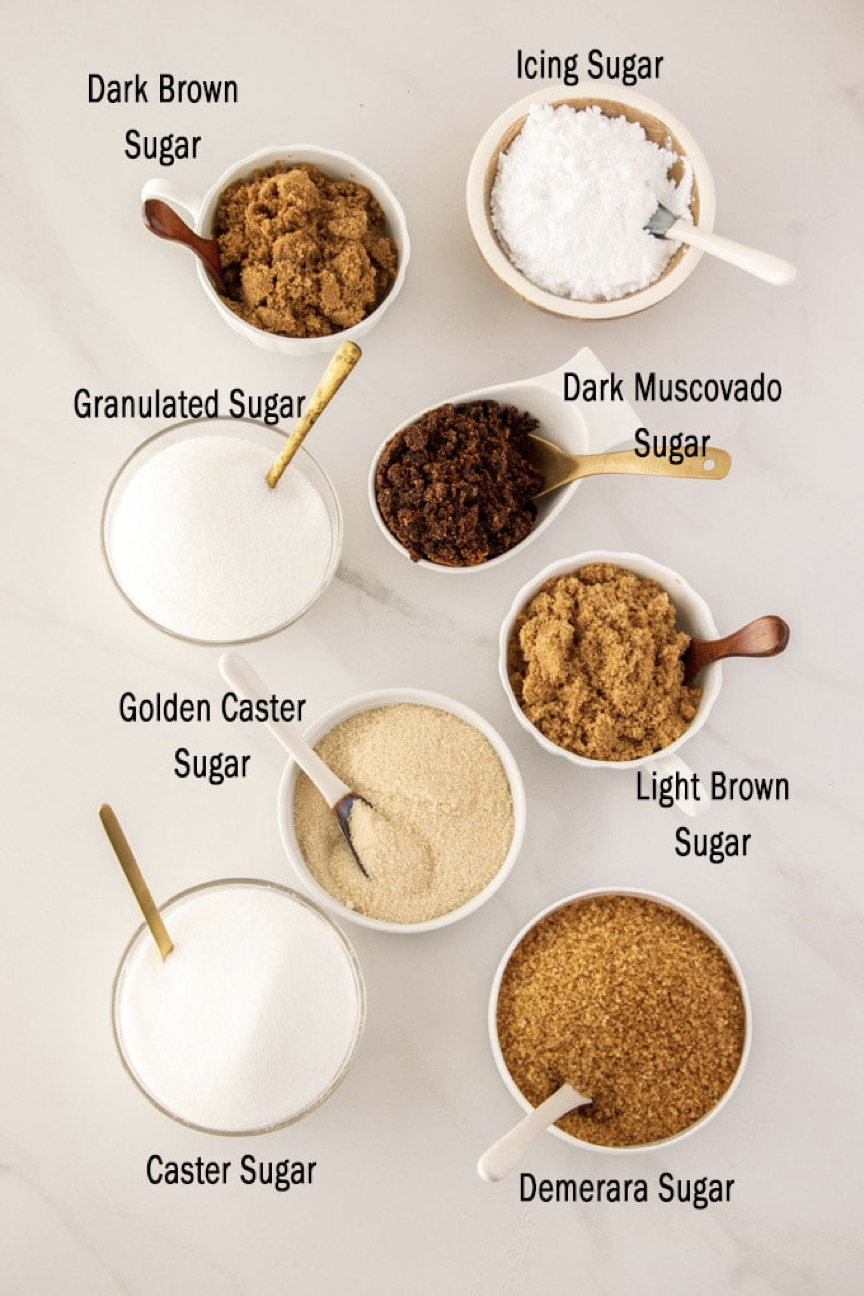
You may have noticed a theme threading through these tips. Swap out ingredients very carefully. While savvy cooks like to experiment, savvier cooks know that some things just shouldn’t be messed with—flour and sugar especially.
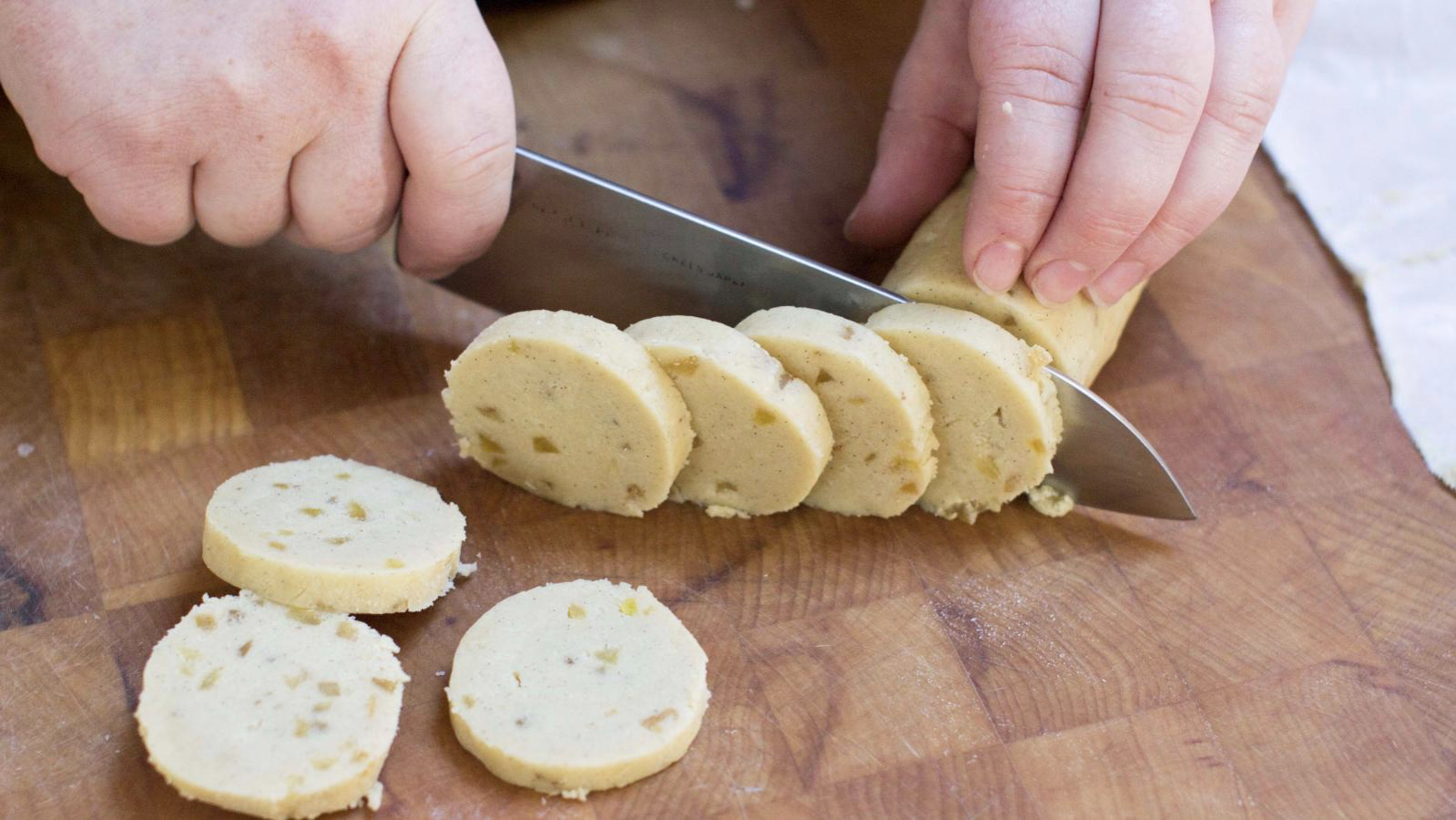
I’ll close with one of my own tips: Since we still have a couple weeks before full-throttle gardening and yard work are upon us, now would be a good time to stock your freezer with a variety of cookie doughs. Whip up a few batches of your favorites, roll them into logs and seal them tight in plastic wrap. Then when you want a few, slice and bake. Cookies at the ready! What a nice treat at the end of an exhausting day of outside work.
EGGS: As with all food, the fresher, the better. So before buying, check the "Use-By," “Best-By,” or “Sell-By” date on the carton. Once refrigerated, eggs are good for up to five weeks. But still, it makes sense to bring home the freshest eggs possible. And when baking, eggs should be at room temperature. So, plan ahead and remove them from the fridge a couple hours prior to use.

FLOUR: Don't substitute flour types. If your recipe calls for all-purpose flour, that's what you need to use. Cake flour and bread flour will not behave the same.
MEASURING FLOUR: Too much flour can make some cookies rock-hard, and all cookies flavorless. When in doubt, err on the side of less flour. Even better, use a scale if the recipe offers a weight equivalent. Spoon the flour into your measuring cup and sweep a spatula across the top to level it off. Don't use the measuring cup as a scoop or it'll pack the flour and you'll end up with more flour in the cup than you want.

NUTS: Smell and taste them before using. Oils in nuts can turn rancid quickly. And note: It’s very typical that when nuts are on sale, it’s because they’re close to, or are past their “sell by” date (meaning they’re close to rancidity). So, check your package date. And to prolong their flavor, be sure to store all nuts in the freezer.
BUTTER: Make sure your butter is at room temperature, otherwise it won't cream properly with the sugar. The temperature of the butter can make a difference in the recipe. Most cookie dough recipes depend on the emulsion that occurs when you cream butter and sugar together. This emulsion will not happen if the butter is too hot or too cold. And know your terms; "room temperature," "softened" and "soft" mean different things:
- Room Temperature Butter: It should be pliable enough that your finger can leave a mark in it, without being soft and greasy. Set the butter out at least one (2) hours in advance.
- Softened Butter: Will feel a little warmer to the touch, and it will be much easier to leave a deep indentation, but it should still be firm enough to pick up without falling apart.
- Soft Butter: Will be too soft to pick up.

MICROWAVING BUTTER: Do not try to microwave your butter as it will just end up too soft. TIP: If you don't have 2 hour's lead time, increase the surface area by cutting the butter into small pieces or shredding it on the large holes of a grater. It will then come up to temperature in approximately 10 minutes.

UNSALTED BUTTER: Unsalted butter is generally recommended because some salted butters have more sodium than others. TIP: If you use salted butter, only use 1/2 the amount of salt called for in the recipe. Don't skip the salt, as salt brings out flavors and balances the sweetness in a recipe.
SALT: Use the full amount of salt called for in a recipe, especially is using unsalted butter. But to repeat: If you use salted butter, only use 1/2 the amount called for in the recipe…never skip the salt, as salt brings out flavors and balances the sweetness in a recipe (forgive the redundancy, but this is a crucial point).
SUGAR: The type of sugar used in your cookies is directly related to its spread when baking. Sugar doesn’t just contribute sweetness. It’s a tenderizer which affects formation structure. Sugars with a finger granulation promote more spread (because they dissolve sooner and only dissolved sugars will tenderize). Powdered sugar (confectioner's sugar), when it contains cornstarch, prevents spread in cookies despite its finer grind.

You may have noticed a theme threading through these tips. Swap out ingredients very carefully. While savvy cooks like to experiment, savvier cooks know that some things just shouldn’t be messed with—flour and sugar especially.

I’ll close with one of my own tips: Since we still have a couple weeks before full-throttle gardening and yard work are upon us, now would be a good time to stock your freezer with a variety of cookie doughs. Whip up a few batches of your favorites, roll them into logs and seal them tight in plastic wrap. Then when you want a few, slice and bake. Cookies at the ready! What a nice treat at the end of an exhausting day of outside work.
Sources:
www.caldwell.ces.ncsu.edu
www.bakerbettie.com
www.stressbaking.com
www.mybakingaddiction.com
www.sugarsaltmagic.com
www.qz.com
 Alice Osborne
Alice Osborne
Weekly Newsletter Contributor since 2006
Email the author! alice@dvo.com
